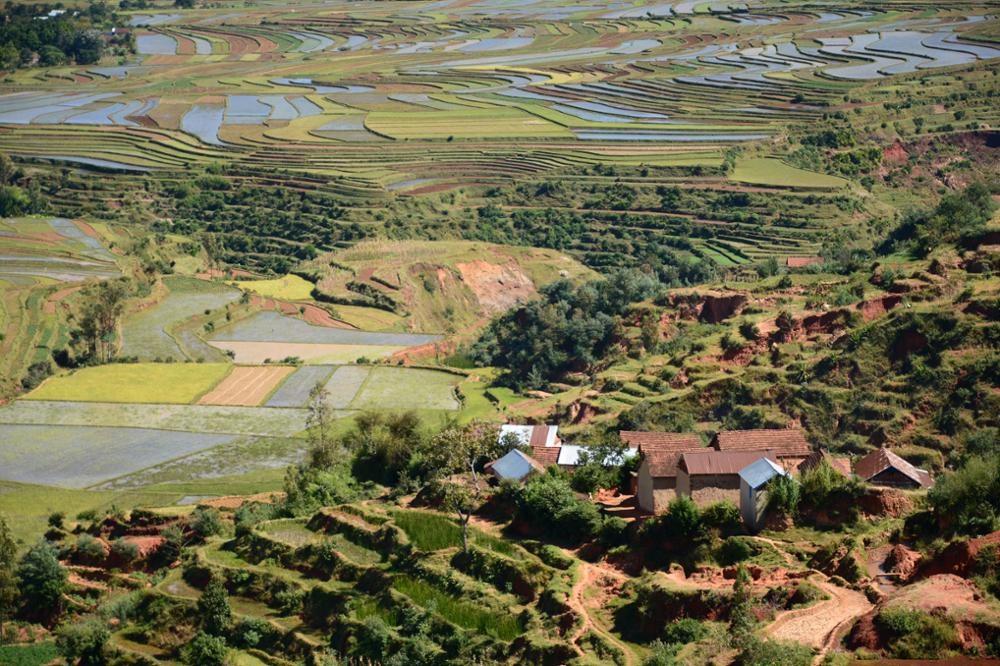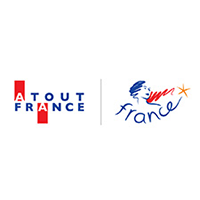Madagascar
Rice-Fish farming in Madagascar: A practice that should be a reference
Rice accounts for more than 40% of agricultural household income in Madagascar. While the rice-fish system has always existed in Madagascar, rice-fish farming (rizipisciculture) significantly increases fish production. This sustainable agricultural technique is perfectly suited to Malagasy agriculture, as it can help combat malnutrition and poverty. But how does it work? Is it feasible?
What is rice-fish farming?
The FAO defines rice-fish farming as raising fish or shrimp in a rice field alongside rice cultivation. In Madagascar, rice-fish farmers mainly raise carp, but also tilapia and gourami. This type of farming provides a source of protein for a diet based primarily on rice, as well as an income source in a society with a vulnerable economy.
Although rice-growing areas are reduced due to the specific infrastructure required (refuge channels, dikes, etc.), rice production remains the same or even increases. This is because the fish:
- Reduce weeds;
- Improve fertilization;
- Enhance soil oxygenation;
- Mimic tilling, which promotes plant tillering.

How does it work?
Rice-fish farming can take two forms: the natural rice-fish system and the cultural rice-fish system. In the first, fish enter the rice fields naturally through water exchanges during the rainy season or when fields are flooded. In the second, fish are introduced by humans, and their growth is controlled. Malagasy farmers often use feed to help carp grow larger.
In both cases, fish are always present in rice fields but in smaller quantities. By developing infrastructures that better support fish growth, a simple farmer can become a rice-fish farmer with two income streams. Necessary adaptations include:
- A refuge pond for fish during planting or harvesting, or when the rice field is drained;
- Higher dikes around the rice field to better manage water and prevent fish from escaping;
- A water level regulation system to block predators, (with a grid at the water inlet) and prevent fish from escaping (with a grid at the water outlet).
Fish fry, either purchased or raised in the refuge pond, are introduced after rice planting. Malagasy farmers prefer carp as they are easy to raise. Tilapia are also easy to produce but are less flavorful and repel other species.
Is rice-fish farming widespread in Madagascar?
Rice-fish farming has always existed in Madagascar, as the natural rice-fish system has been utilized, though not to its full potential. At each rice harvest, farmers also collect fish (carp, eels, tilapia, etc.), sometimes selling them. It only took showing farmers how to modify their fields to produce larger and more abundant fish, alongside improved rice production.
To address poverty and malnutrition (the latter accounting for 40% of infant mortality), a project was launched in 2014 to promote carp aquaculture in rice fields across Madagascar’s highlands, particularly in the regions of Haute Matsiatra, Vakinankaratra (where one village in Vavavato is a hub of rice-fish farming activity), Itasy, and Amoron’i Mania.

These four regions were chosen because they alone account for more than 20% of Malagasy people living below the poverty line. Chronic malnutrition among children averages over 50%, often much higher.
Today, rice-fish farmers are increasing in number due to the financial benefits of fish farming and the simplicity of the required modifications. Notably, freshwater fish sell for 10,000 to 16,000 ariary per kilogram. Fish feed is also easily accessible and relatively inexpensive.
Can rice-fish farming help ensure food security in Madagascar?
In Madagascar, having a meal means eating rice—and in large quantities! A household of three consumes about 2 kg of rice daily if they can afford it. This often surprises visitors during their stay in Madagascar! This dietary habit isn’t "healthy," but it is ingrained in the Malagasy lifestyle. Given the physically demanding labor of most Malagasy (80% of whom are farmers), the calorie intake proves necessary.
In rural areas, far from urban pollution, people seem to have relatively high life expectancies, with many nonagenarians and centenarians. They don’t eat meat in abundance but regularly consume vegetables and legumes. Beef, chicken, and fish are reserved for special occasions and celebrations.
In regions where children suffer from malnutrition and sometimes die from it, it’s not just the variety of food that’s lacking but also the quantity. While rice-farming households consume about 70% of their rice production on average, they sell most of their fish due to its market value.
To encourage greater self-consumption, farmers must be made aware of the nutritional benefits fish can provide:
- Proteins
- Iodine
- Minerals (calcium, zinc, iron, phosphorus)
- Vitamins (A, D, E, B)
- Omega-3 (beneficial for pregnant women and brain development in young children)
- And more.
Fish consumption can indeed combat malnutrition in Madagascar, but convincing the Malagasy people is another challenge. The concept of a "healthy diet" is unfamiliar or differently perceived. Additionally, Malagasy cuisine is relatively limited. Few fish-based dishes are known: fish in tomato sauce with onions, fried fish, and carp with Bambara peas. For those who eat pork, it is sometimes added to eel dishes.
Fighting malnutrition and ensuring food security in Madagascar isn’t just about helping farmers produce more protein, nutrients, minerals, and fibers but also about convincing them to consume more of it. The task is daunting !

